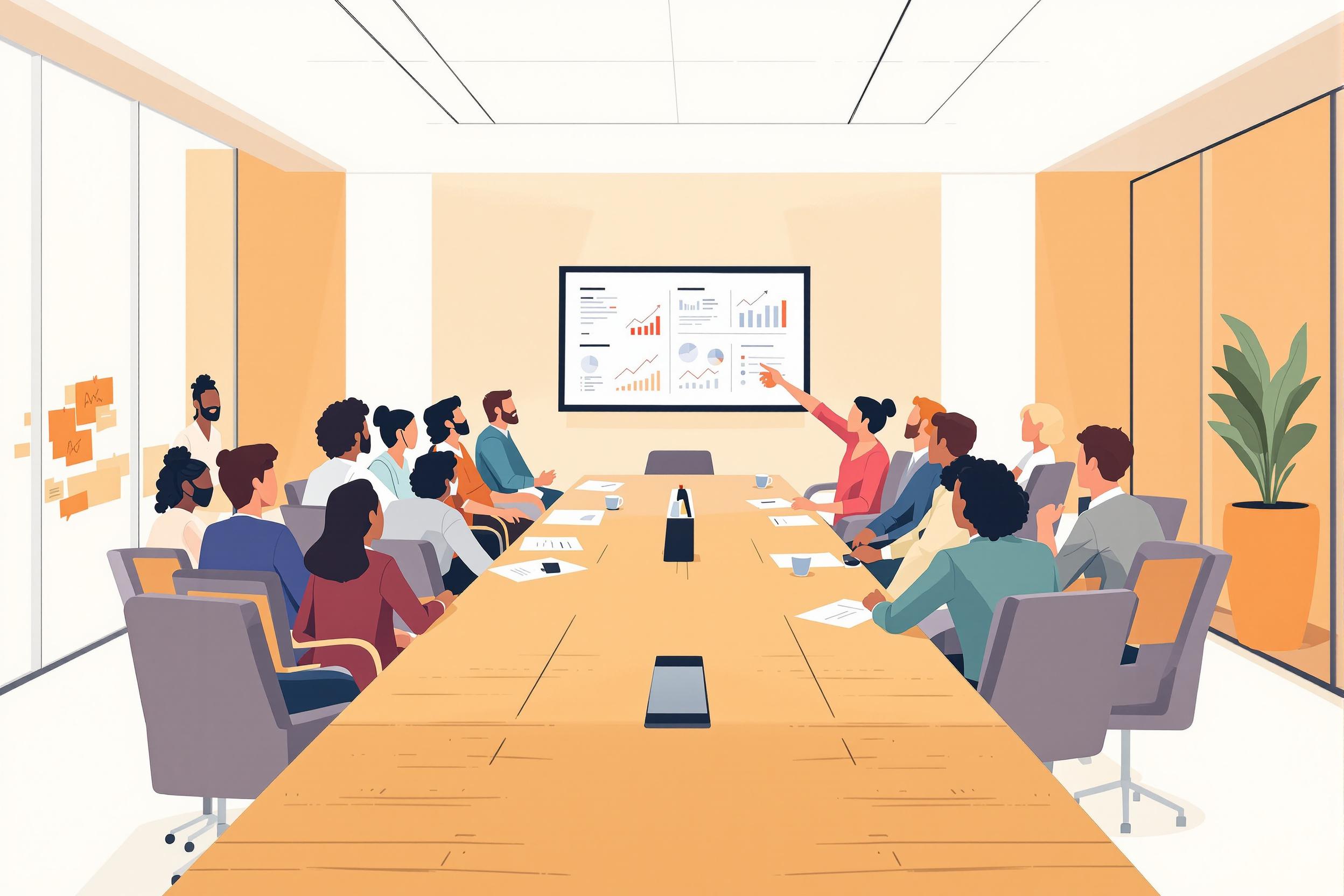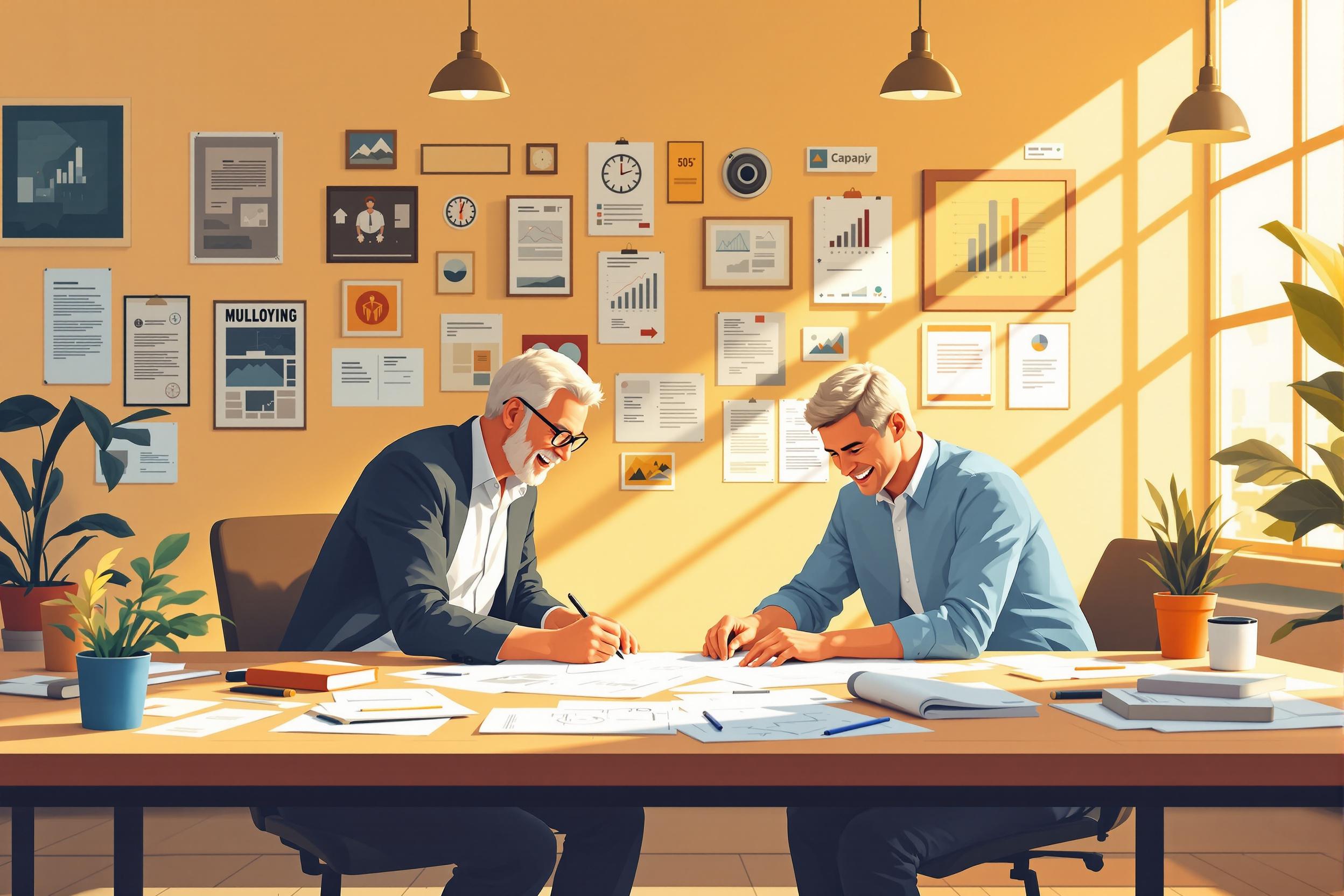
Bronzing
Bronzing is a painting technique used in theater and film set design to create the appearance of bronze or metallic finishes on props, scenery, and architectural elements. It's a cost-effective way to make ordinary materials like wood, foam, or plaster look like expensive metal objects. This skill is particularly valuable when creating period pieces, museum displays, or theatrical sets where real bronze items would be too expensive or heavy. The technique can involve various methods including paint application, powder treatments, or metallic waxes to achieve different bronze-like effects.
Examples in Resumes
Created aged metallic effects using Bronzing techniques for historical theater productions
Applied Bronzing finishes to foam architectural elements for museum exhibition displays
Specialized in Bronze and Bronzing effects for high-end commercial window displays
Typical job title: "Scenic Artists"
Also try searching for:
Where to Find Scenic Artists
Professional Organizations
Online Resources
Training Resources
Example Interview Questions
Senior Level Questions
Q: How would you approach bronzing a large architectural element that will be viewed both up close and from a distance?
Expected Answer: A senior artist should discuss different techniques for different viewing distances, durability considerations, and how to manage a team to complete large-scale projects efficiently while maintaining consistent quality.
Q: What factors do you consider when choosing bronzing materials for outdoor versus indoor use?
Expected Answer: Should explain weather resistance requirements, different types of sealers, durability concerns, and how to adjust techniques based on environmental conditions.
Mid Level Questions
Q: What methods do you use to create different types of bronze patinas?
Expected Answer: Should be able to describe various aging techniques, color mixing for different bronze effects, and how to achieve both modern and antique bronze appearances.
Q: How do you ensure consistency when bronzing multiple identical pieces?
Expected Answer: Should explain their process for documenting steps, mixing custom colors in sufficient quantities, and maintaining quality control across multiple pieces.
Junior Level Questions
Q: What are the basic materials needed for a simple bronzing effect?
Expected Answer: Should be able to list essential materials like base coats, metallic paints, glazes, and basic tools, showing understanding of fundamental bronzing processes.
Q: How do you prepare a surface for bronzing?
Expected Answer: Should describe basic surface preparation including cleaning, sanding, priming, and creating a smooth base for the bronzing technique.
Experience Level Indicators
Junior (0-2 years)
- Basic surface preparation
- Simple bronzing techniques
- Color mixing fundamentals
- Basic tool maintenance
Mid (2-5 years)
- Various bronze finish styles
- Complex patina creation
- Project time management
- Working with different materials
Senior (5+ years)
- Team leadership on large projects
- Custom technique development
- Budget management
- Training and mentoring
Red Flags to Watch For
- No knowledge of basic color theory
- Lack of surface preparation experience
- No portfolio of finished work
- Unable to discuss different bronzing techniques
- No experience with varying scale projects
Related Terms
Need more hiring wisdom? Check these out...

Refining Job Descriptions to Expand Applicant Pools: Casting a Wider Talent Net

From Passive to Active: Nurturing Candidates Over the Long Haul

Breaking the Mold: The Unseen Power of Building a Diverse Leadership Team

